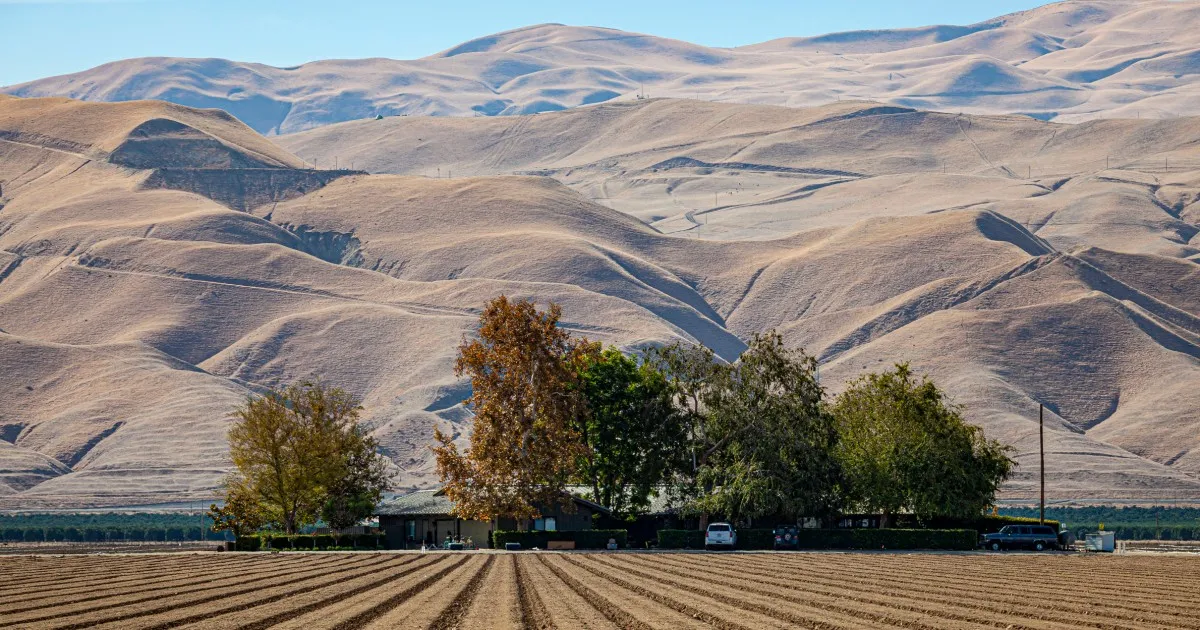
A recent study has unveiled a troubling trend: overpumping groundwater, escalating droughts, and accelerated evaporation rates caused by rising temperatures have led to a significant decrease in the amount of available freshwater globally. This phenomenon, termed “continental drying,” has redirected the Earth's water towards the oceans to such an extent that it now surpasses melting ice sheets as the leading contributor to global sea level rise.
The loss of land-based water resources poses serious risks for access to safe drinking water and agricultural productivity, particularly in some of the world’s most fertile regions. Jay Famiglietti, a professor at Arizona State University’s School of Sustainability and a co-author of the study, emphasized, “We use a lot of water to grow food. If things don’t change, we’ll see impacts on our food security and our general water availability.” The researchers stress that these findings should be of utmost concern for the public, resource managers, and decision-makers globally.
Published in the journal Science Advances, the study analyzed shifts in terrestrial water sources, including lakes, underground aquifers, and soil moisture, over the last two decades. Researchers identified several factors, particularly climate change, that are disrupting Earth’s natural water cycle, altering the movement of moisture between the ground, oceans, and atmosphere.
Using data from four NASA satellites, the study examined changes in terrestrial water storage over the past 22 years. These satellites were specifically designed to monitor the movement of water on Earth, including alterations in ice sheets, glaciers, and underground reservoirs. Notably, the study revealed that already dry regions have become even drier since 2014, with drought-affected areas increasing annually by a size equivalent to twice that of California, as stated by Famiglietti.
In several instances, drought hotspots merged to form extensive “mega-drying” regions. One prominent area encompasses parts of Central America, Mexico, California, the southwestern United States, the lower Colorado River basin, and the southern High Plains. Benjamin Hamlington, a research scientist at NASA’s Jet Propulsion Laboratory, highlighted that water is a critical factor influencing changes both on land and in the ocean.
The study indicates that every major landmass, excluding Greenland and Antarctica, has experienced unprecedented levels of drying since 2002. This widespread continental drying is expected to have severe implications for human populations, as approximately three-quarters of the world’s population resides in nations where freshwater resources are diminishing.
As sea levels continue to rise, coastal regions face increased threats, rendering them less habitable and exacerbating pressures from extreme storms and flooding. In the United States, severe weather events have triggered an insurance crisis in coastal cities vulnerable to these conditions.
The relationship between sea-level rise and the depletion of water held underground illustrates the chaos within the planet's water cycle. Many of the changes resulting from overpumping groundwater are considered permanent or irreversible for thousands of years, as noted by Alexander Simms, a professor at the University of California, Santa Barbara, who was not involved in the study.
Simms explained, “If you pull water off the continents, the only place it has to go is in the ocean.” He expressed skepticism regarding the claim that water loss from continents has surpassed ice sheet melt as the main contributor to sea level rise. However, Hamlington affirmed that the study highlights the profound ripple effects of water movement on a global scale.
The findings of this study suggest that the consequences of groundwater depletion, diminishing freshwater resources, and worsening drought conditions could intensify in the future. Hamlington emphasized the significance of tracking terrestrial water storage, stating, “If we can track that water, if we know where it’s going, we can enhance our understanding of future drought, flooding, and water resource availability over land.”